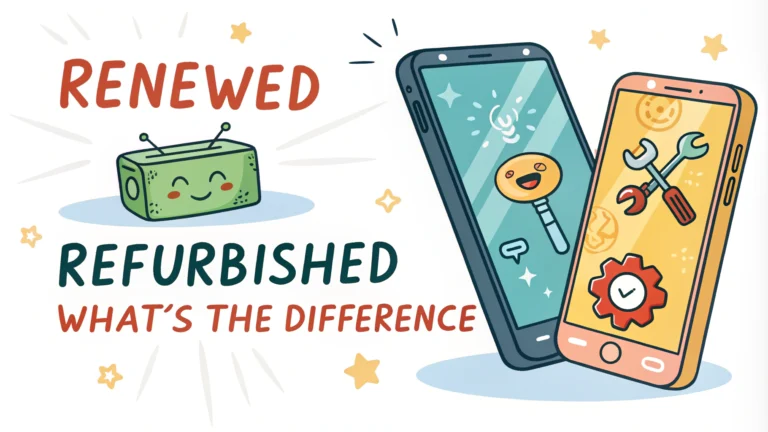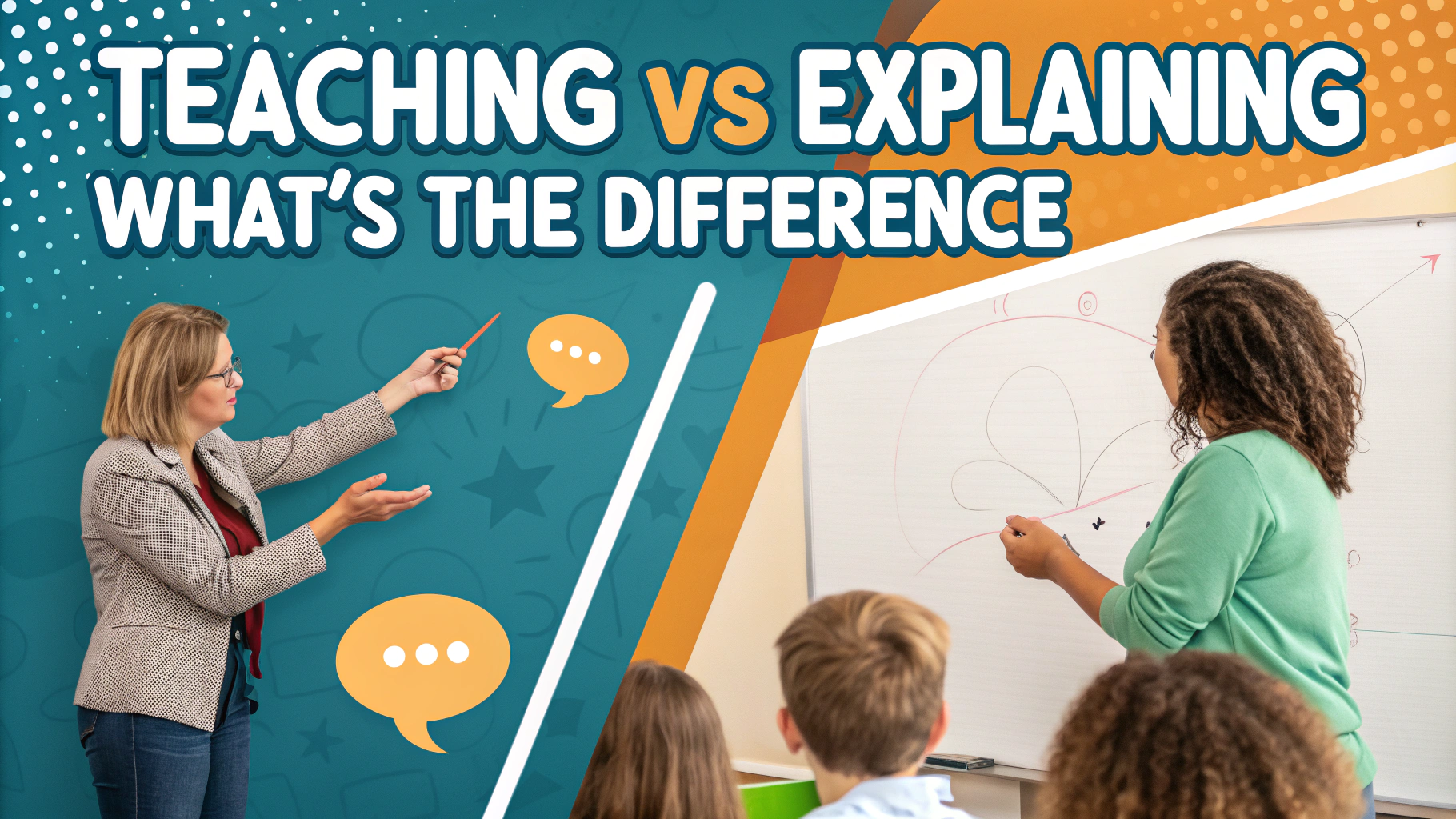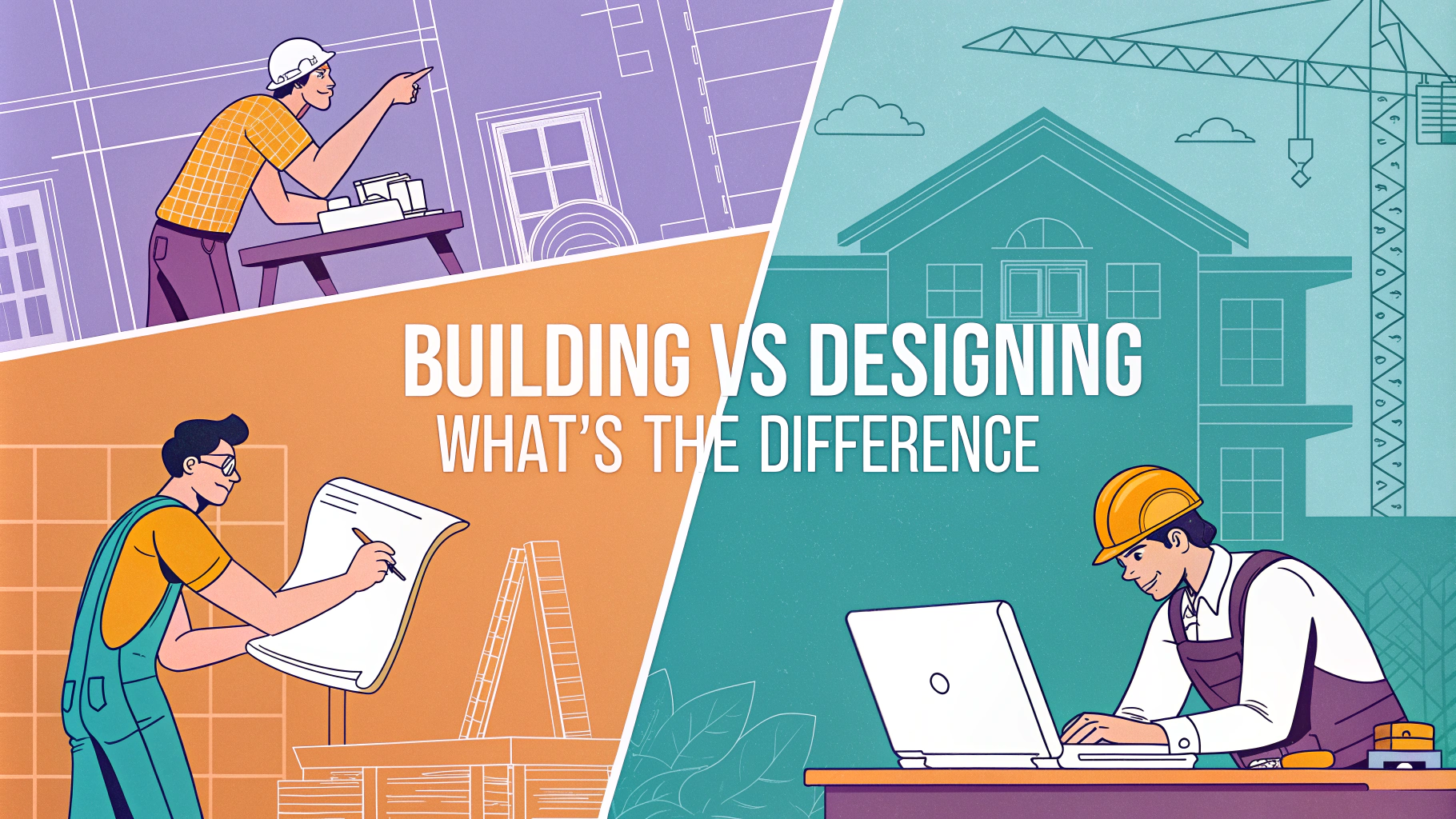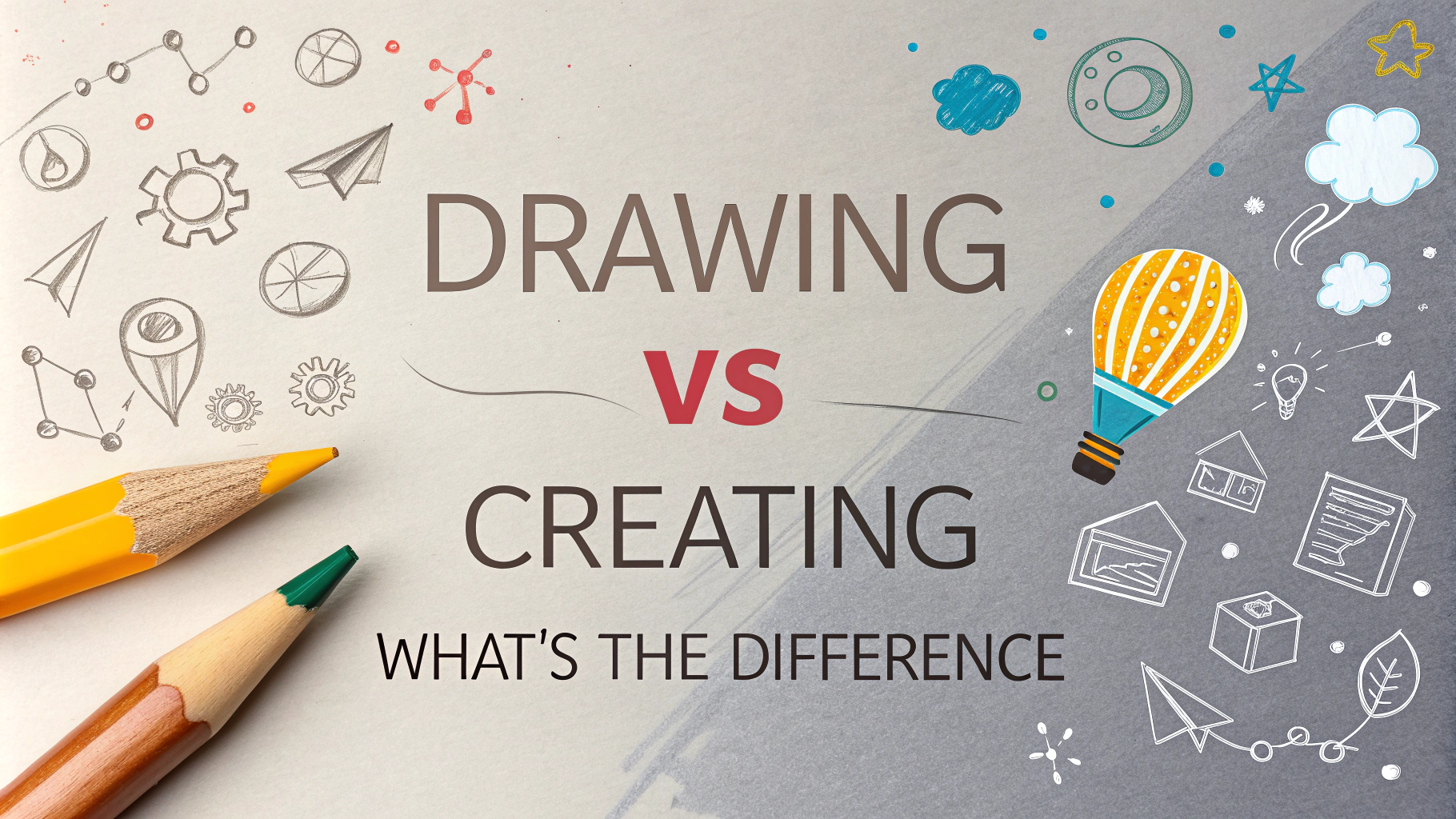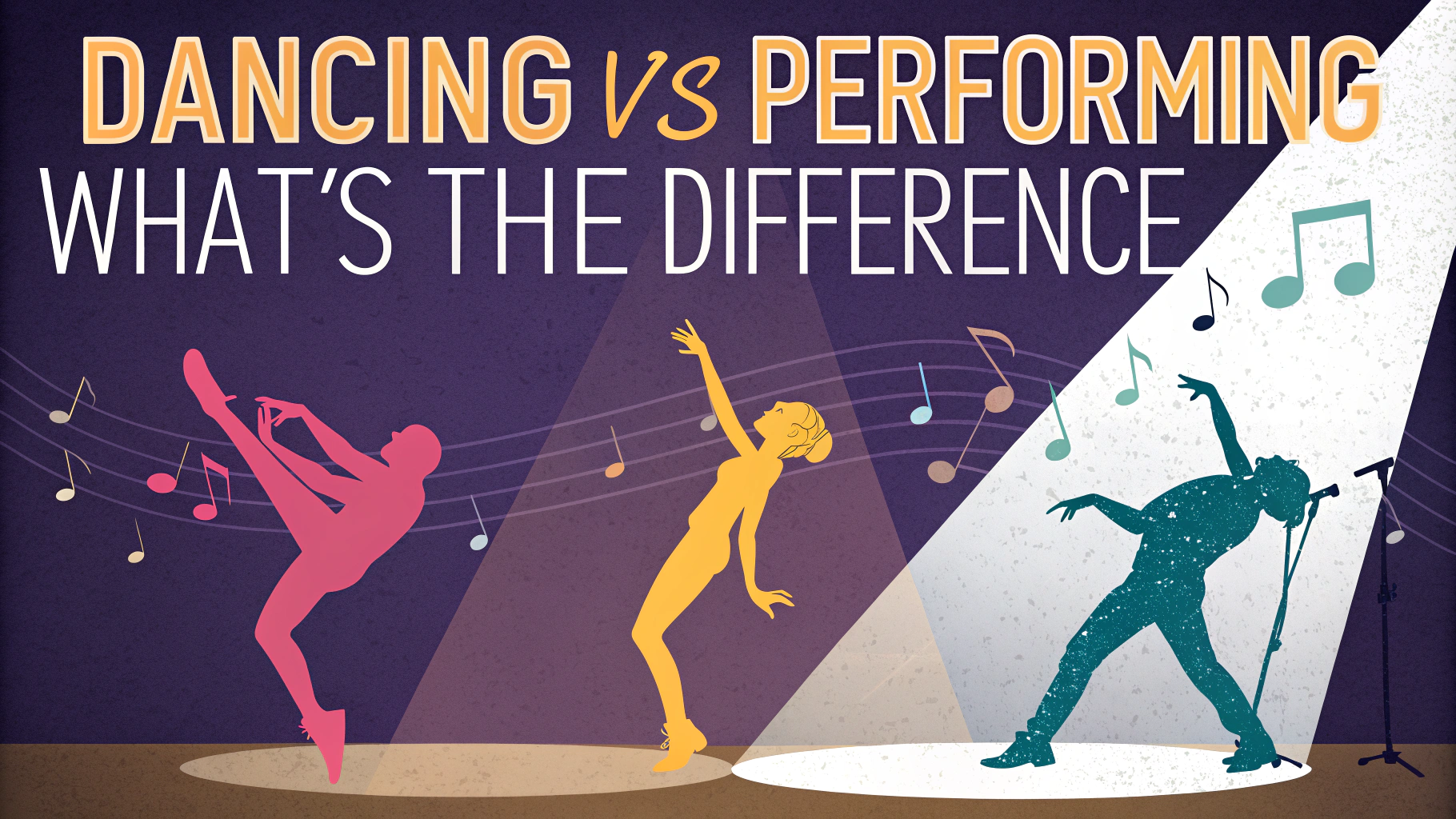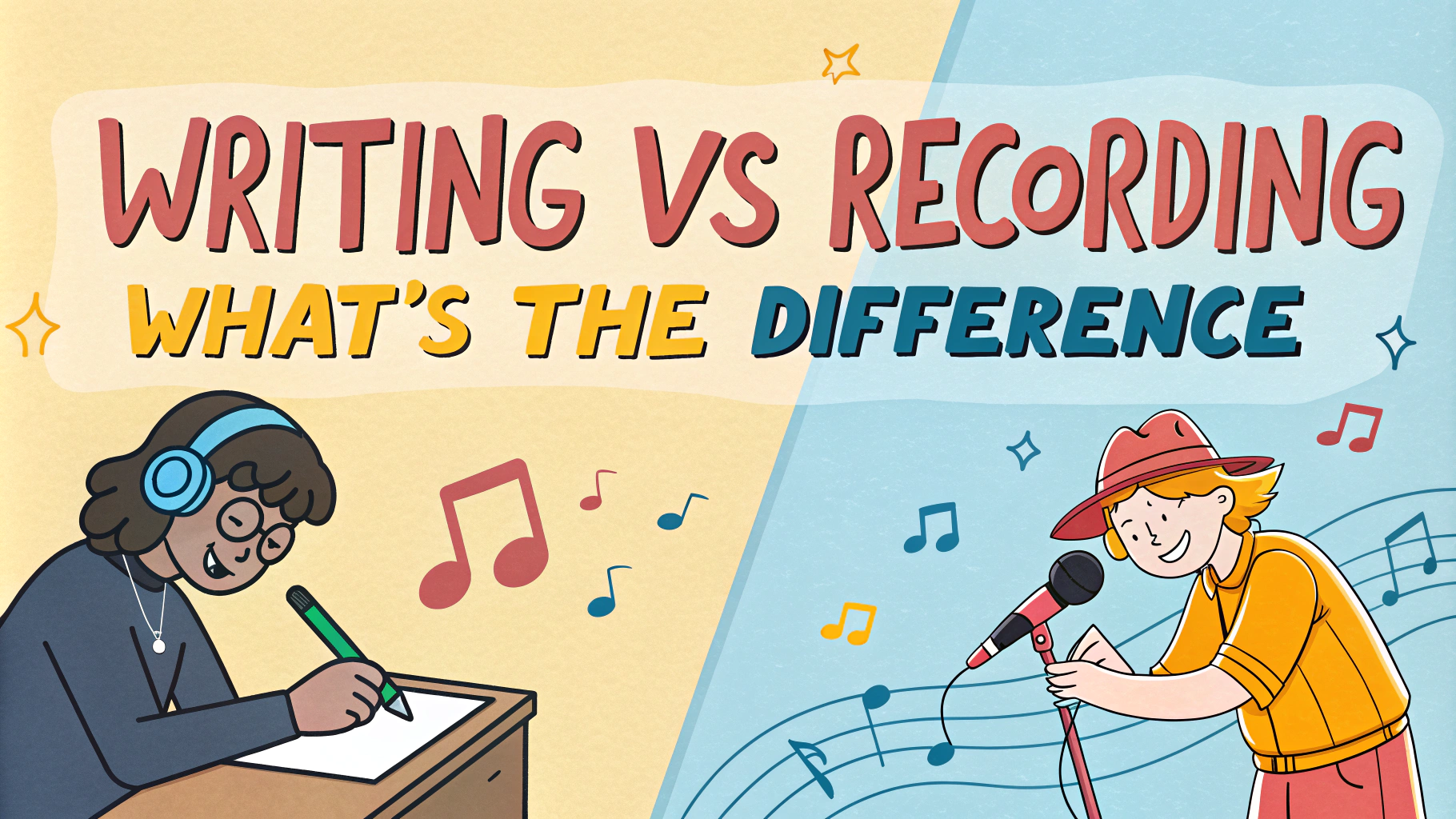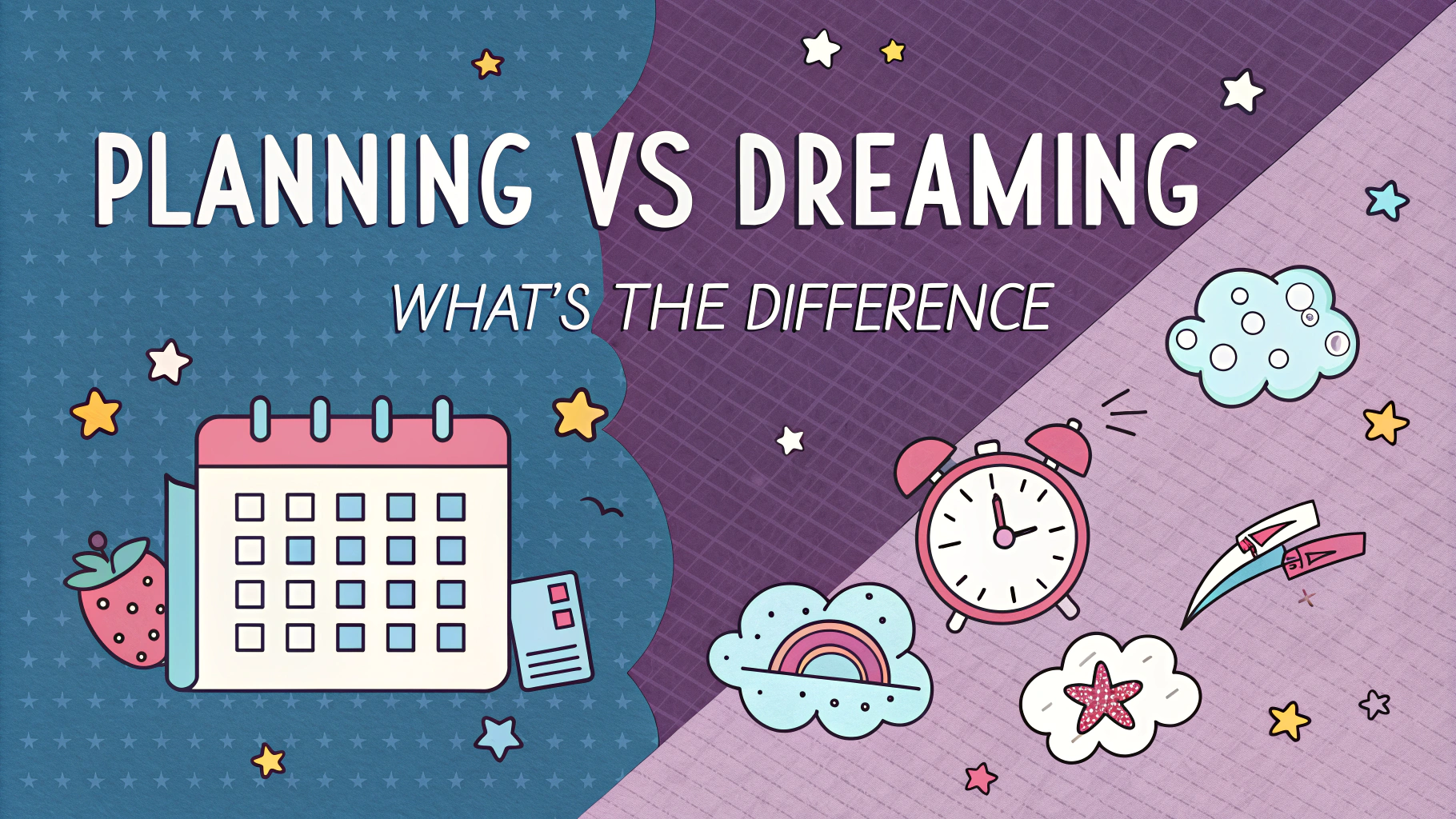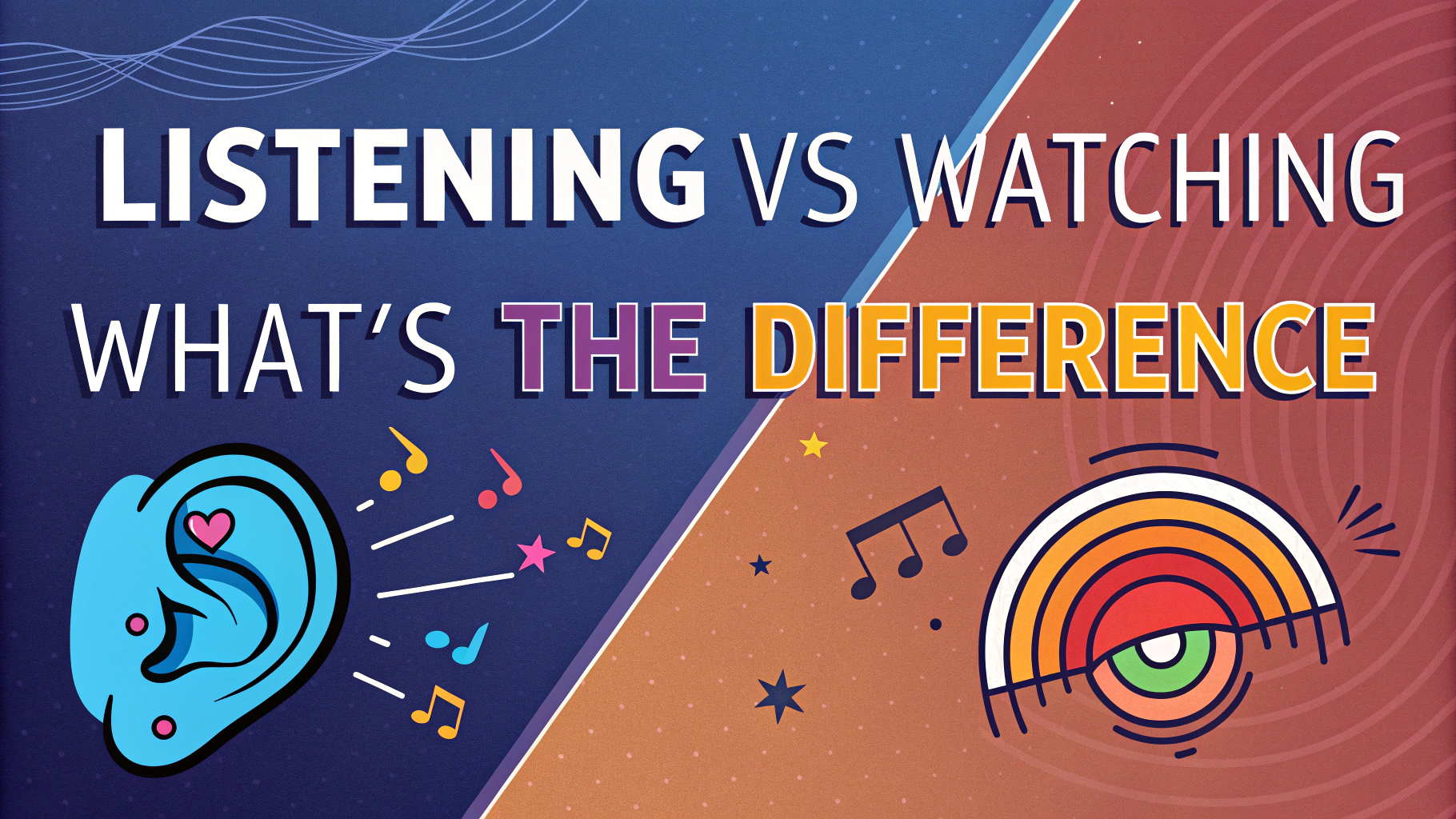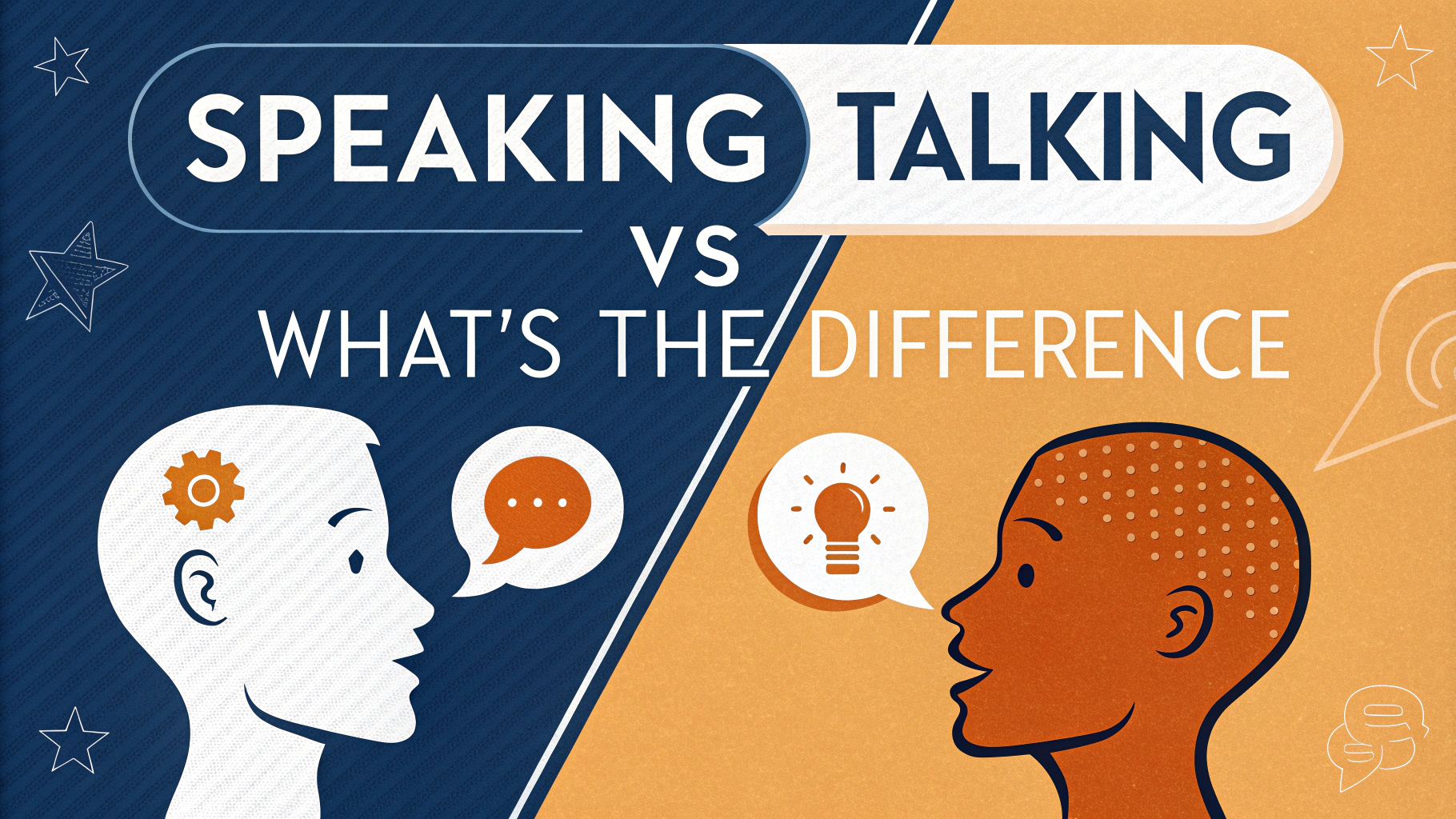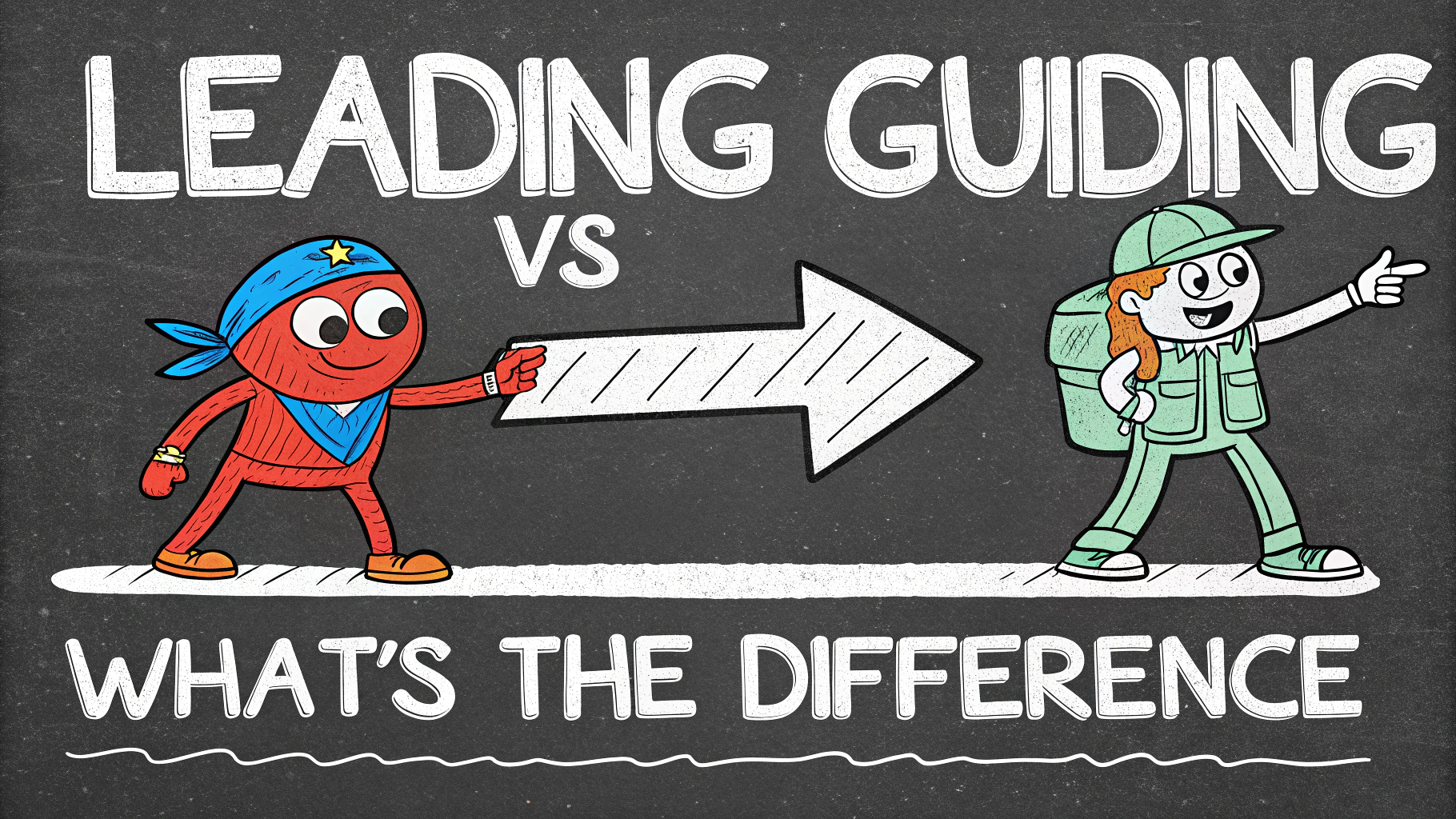When shopping for electronics, you’ve likely encountered the terms “renewed” and “refurbished.” These options can offer significant savings, but what’s the real difference? This article breaks down the key distinctions, helping you make an informed decision on your next purchase.We’ll explore the processes behind renewed and refurbished products, their pros and cons, and which option might be best for your needs. By the end, you’ll have a clear understanding of these terms and be better equipped to choose between renewed, refurbished, or brand-new items.
What Are Renewed Products?
Renewed products, often called “refreshed” or “reconditioned,” are pre-owned items that have been inspected, cleaned, and restored to meet specific quality standards. These products typically:
- Undergo a thorough inspection process
- Have defective parts replaced
- Come with a warranty (usually shorter than new products)
Renewed items may show minor signs of previous use but function like new. They’re often sold by manufacturers or authorized third-party sellers.
Understanding Refurbished Products
Refurbished products have usually been returned to the manufacturer due to defects or customer dissatisfaction. The refurbishment process involves:
- Repairing or replacing faulty components
- Thorough testing to ensure proper functionality
- Cleaning and repackaging
Refurbished items may come with original or generic packaging and accessories. They often carry a warranty, though it may be more limited than that of new products.
Key Differences Between Renewed and Refurbished
While both terms refer to pre-owned products, there are some notable differences:
| Aspect | Renewed | Refurbished |
|---|---|---|
| Previous use | Usually lightly used | May have been defective or heavily used |
| Restoration process | Inspection and minor repairs | More extensive repairs and replacements |
| Appearance | May show minimal signs of use | Can vary, but generally like-new condition |
| Price | Often slightly higher than refurbished | Generally lower-priced option |
Comparing Warranties and Return Policies
Warranties and return policies often differ between renewed and refurbished products. Here’s what to expect:
Renewed Products
- Typically come with a 90-day to 1-year warranty
- May offer a 30-day return window
- Some sellers provide extended warranty options
Refurbished Products
- Usually have a 30 to 90-day warranty
- Return policies vary widely between sellers
- Extended warranties may be available for purchase
Always read the fine print before making a purchase. Some sellers may offer more generous terms, while others might have stricter policies.
Pricing Considerations
Price is often a key factor when choosing between renewed and refurbished products. Here’s a general breakdown:
| Product Type | Typical Discount |
|---|---|
| Renewed | 10-20% off retail price |
| Refurbished | 20-50% off retail price |
Remember, these are rough estimates. Actual discounts can vary based on:
- Product age and condition
- Brand reputation
- Market demand
- Seller policies
Compare prices across different sellers and platforms to find the best deal. Don’t forget to factor in shipping costs and any potential return fees.
Environmental Impact
Choosing renewed or refurbished products can have a positive environmental impact:
- Reduces electronic waste
- Conserves resources used in manufacturing new devices
- Lowers carbon emissions associated with production
By opting for pre-owned items, you’re contributing to a more sustainable consumption model. This choice can be particularly impactful for products with short upgrade cycles, like smartphones and laptops.
Making the Right Choice
When deciding between renewed, refurbished, or new products, consider these factors:
- Budget: How much are you willing to spend?
- Risk tolerance: Are you comfortable with potential minor imperfections?
- Intended use: Is this for personal or professional use?
- Desired lifespan: How long do you need the product to last?
- Warranty needs: Do you require extensive coverage?
For those seeking significant savings and don’t mind minor cosmetic flaws, refurbished products offer great value. If you prefer items closer to new condition with longer warranties, renewed products might be the better choice.
Conclusion
Understanding the differences between renewed and refurbished products empowers you to make smarter purchasing decisions. Both options offer ways to save money and reduce environmental impact, but they come with different levels of risk and potential savings.Key takeaways:
- Renewed products are typically lightly used and restored to near-new condition
- Refurbished items may have undergone more extensive repairs
- Check warranty terms and return policies carefully
- Consider your needs, budget, and risk tolerance when choosing
Whether you opt for renewed, refurbished, or new, being an informed consumer helps ensure you get the best value for your money. Remember to buy from reputable sellers and always read product descriptions thoroughly before making your purchase.
FAQs: Renewed vs. Refurbished Products
1. What’s the difference between renewed and refurbished products?
Renewed products are typically inspected and tested to work like new, with minimal to no signs of wear. Refurbished products may have been repaired and restored to working condition, potentially with visible signs of previous use.
2. Are renewed Amazon products better than refurbished?
Amazon Renewed products often come with more stringent quality standards and longer warranties compared to general refurbished items, but this can vary by seller and product.
3. How does the warranty differ for renewed vs refurbished laptops?
Warranties for renewed laptops are usually more comprehensive, often offering 90-day to 1-year coverage. Refurbished laptop warranties can be shorter, sometimes as little as 30 days, depending on the seller.
4. What are the price differences between renewed and refurbished iPhones?
Renewed iPhones are typically priced slightly higher than refurbished ones due to their potentially better condition and longer warranties. The price difference can range from 5-15% depending on the model and seller.
5. Can I trust certified refurbished electronics?
Certified refurbished electronics from reputable sellers or manufacturers are generally trustworthy. They undergo rigorous testing and often come with warranties, making them a reliable option for budget-conscious consumers.
6. What should I look for when buying renewed gaming consoles?
When purchasing renewed gaming consoles, consider:
- Warranty length and coverage
- Seller reputation and return policy
- Included accessories
- Cosmetic condition description
7. How do renewed vs refurbished TVs compare in picture quality?
Picture quality should be similar for both renewed and refurbished TVs if they’ve been properly restored. However, renewed TVs may have stricter quality control processes, potentially resulting in more consistent picture quality across units.
8. Are factory refurbished items better than third-party refurbished?
Factory refurbished items are often considered superior as they’re restored by the original manufacturer using genuine parts. Third-party refurbished items can vary in quality depending on the refurbisher’s standards and practices.
9. What’s the environmental impact of buying renewed vs refurbished products?
Both renewed and refurbished products have a positive environmental impact by extending the life of electronics and reducing e-waste. The difference in environmental benefit between the two is minimal.
10. How do I check the battery health of renewed vs refurbished smartphones?
For both renewed and refurbished smartphones, you can:
- Use built-in battery health checkers (available on some models)
- Install third-party battery monitoring apps
- Check the battery’s cycle count (if accessible)
- Observe real-world battery performance over a few days
11. What are the risks of buying renewed appliances vs refurbished appliances?
Risks for both categories include:
| Renewed Appliances | Refurbished Appliances |
|---|---|
| Potential for minor cosmetic imperfections | Possible visible signs of use |
| Shorter lifespan compared to new | Potentially shorter lifespan than renewed |
| Limited warranty coverage | Often more limited warranty coverage |
12. How do renewed vs refurbished cameras differ in image quality?
Image quality should be comparable between renewed and refurbished cameras if they’ve been properly restored. Renewed cameras may undergo more thorough testing, potentially ensuring more consistent image quality across units.

